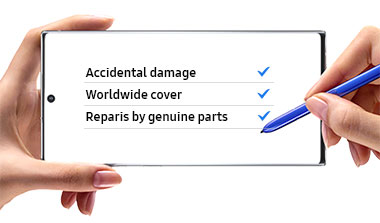Harap pindai Kode QR dengan perangkat mobile Anda, dan letakkan gambar produk di tempat yang diinginkan.
Beli langsung. Dapat lebih banyak.

Rekomendasi Slot Gacor singgah4d Hari Ini
Update jam gacor singgah4d, pola slot singgah4d, dan trend kemenangan singgah4d terlengkap.
⭐ Jungle Roar – singgah4d
Jam Panas: 12.40 – 14.05
Pola Umum: Turbo 25 → Manual 8 → Auto 35
RTP singgah4d: 97.44%
Catatan: Mode harimau sering memicu multi besar.
Trend: Naik🔥 Ocean Fortune – singgah4d
Jam Gacor: 09.15 – 10.50
Pola: Auto 40 → Turbo 10 → Manual 6
RTP: 97.12%
Tips singgah4d: Scatter ikan biru adalah sinyal pola bagus.
Trend: Stabil💠 Neon Rush City – singgah4d
Jam Potensial: 18.20 – 19.40
Setup Pola: Turbo 50 → Manual 5
RTP: 97.31%
Info: Wild neon sering aktif di spin tengah.
Trend: Naik🌋 Volcano Fury – singgah4d
Jam Gacor: 20.50 – 22.05
Pola: 12 → 30 Turbo → Auto 25
RTP: 97.77%
Tips: Letusan awal sering memicu retrigger.
Trend: Naik🌙 Mystic Moon Spirit – singgah4d
Jam Wajib Coba: 23.15 – 00.30
Pola: Manual 7 → Auto 20 → Turbo 40
RTP: 97.55%
Saran: Main santai, simbol bulan suka jatuh beruntun.
Trend: Stabil⚔ Royal Knight Quest – singgah4d
Jam Gacor: 11.00 – 12.10
Pola: Turbo 20 → Auto 30 → Manual 10
RTP: 97.18%
Catatan: Shield wild memicu mode bonus cepat.
Trend: Naik🍀 Lucky Clover Path – singgah4d
Jam: 02.00 – 03.25
Pola: Auto 25 → Turbo 25
RTP: 97.66%
Keterangan: Cocok untuk bet kecil naik perlahan.
Trend: Naik🐍 Serpent Queen – singgah4d
Jam Gacor: 15.30 – 17.00
Pola: 10 Spin → Turbo 40 → Manual 5
RTP: 97.29%
Tips: Mode ular emas sangat volatil tapi gacor.
Trend: Stabil🧊 Crystal Realm – singgah4d
Jam: 07.30 – 09.00
Pola: Auto 35 → Manual 7
RTP: 97.11%
Note: Kristal biru sering memicu multi acak.
Trend: Naik💥 Turbo Racer 5K – singgah4d
Jam Gacor: 01.10 – 02.00
Pola: Turbo 50 → Auto 15
RTP: 97.72%
Tips: Mode nitro adalah kunci wild besar.
Trend: Naik🗓️ Terbaru: 2025-12-10
Halaman ini merangkum akses resmi menuju link toto tergacor SINGGAH4D. Tujuannya membantu pemain masuk melalui jalur yang aman, stabil dan bebas gangguan.
Portal SINGGAH4D dirancang sebagai tempat singgah yang mudah digunakan. Menu login, info akun dan kategori pilihan seperti pasaran aktif dan toto populer disusun rapi agar pemain langsung menemukan yang dibutuhkan tanpa berpindah banyak halaman.
Stabilitas akses menjadi bagian penting bagi pemain. Oleh karena itu, seluruh link resmi diperbarui setiap hari untuk memastikan proses masuk tetap cepat dan tidak error.
Antarmuka SINGGAH4D dibuat konsisten di setiap halaman sehingga tombol login dan jalur akses selalu berada di posisi yang familiar. Pendekatan ini memudahkan pemain yang ingin langsung bergabung atau mengecek pasaran yang sedang berjalan.
Melalui ringkasan ini, pemain mendapat gambaran jelas mengenai sistem login resmi dan tata letak portal SINGGAH4D. Untuk mulai bermain, gunakan link utama yang telah diverifikasi agar pengalaman bergabung lebih aman dan nyaman.






























